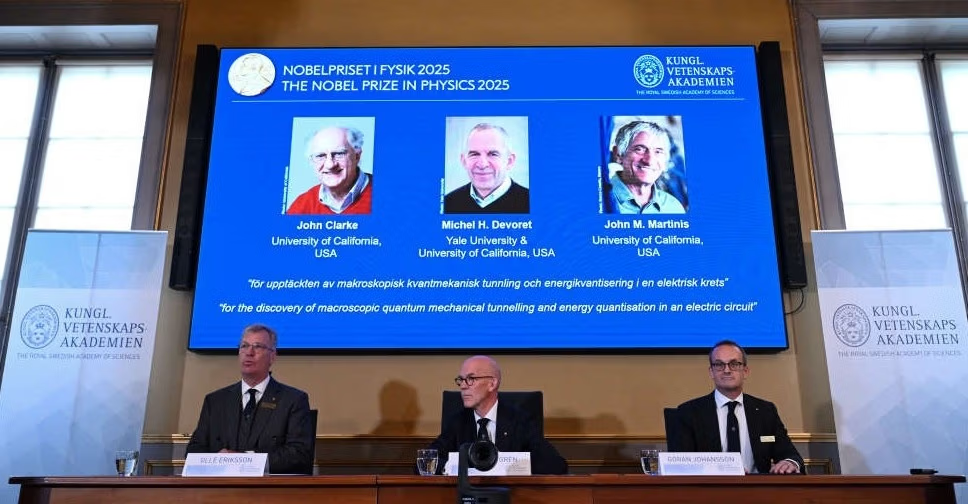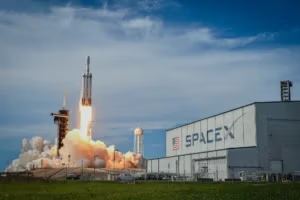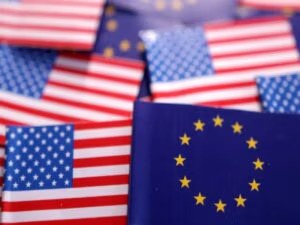Three physicists — John Clarke, Michel Devoret, and John Martinis — have been awarded the 2025 Nobel Prize in Physics for pioneering experiments that demonstrated quantum physics in action and laid the groundwork for the next era of quantum technology.
Announcing the award on Tuesday, the Royal Swedish Academy of Sciences said the laureates’ work “has provided opportunities for developing the next generation of quantum technology, including quantum cryptography, quantum computers and quantum sensors.” Their research, first conducted in the mid-1980s, involved building an electronic circuit using superconductors and demonstrating that quantum mechanical properties could be observed on a macroscopic scale — a breakthrough that transformed abstract theory into practical reality.
A Foundation for Modern Technology
Quantum physics underpins much of modern life, with technologies such as transistors in microchips relying on its principles. The laureates’ contributions have been instrumental in expanding these applications beyond conventional electronics.
“My feelings are that I’m completely stunned. Of course it had never occurred to me in any way that this might be the basis of a Nobel Prize,” Clarke said during the Nobel press conference via telephone. “I’m speaking on my cell phone and I suspect that you are too, and one of the underlying reasons that the cell phone works is because of all this work.”
Clarke, originally from Britain, is a professor at the University of California, Berkeley. Devoret, born in France, holds positions at Yale University and the University of California, Santa Barbara. Martinis, an American physicist and former head of Google’s Quantum Artificial Intelligence Lab, is also a professor at UC Santa Barbara.
“It is wonderful to be able to celebrate the way that century-old quantum mechanics continually offers new surprises. It is also enormously useful, as quantum mechanics is the foundation of all digital technology,” said Olle Eriksson, chair of the Nobel Committee for Physics.
A Prize with a Rich Legacy
The Nobel Prize in Physics, awarded by the Royal Swedish Academy of Sciences, comes with a total prize sum of 11 million Swedish crowns ($1.2 million), shared among the winners. It is one of the original categories established by Alfred Nobel in his 1895 will, reflecting the field’s importance during his lifetime. Since its inception in 1901, the award has recognised some of the most transformative discoveries in science, with past laureates including Albert Einstein, Pierre and Marie Curie, Max Planck, and Niels Bohr.
Last year, the prize went to John Hopfield and Geoffrey Hinton for their pioneering work in machine learning, which has driven the global artificial intelligence revolution.
Part of a Week Honoring Scientific Breakthroughs
The physics award is the second Nobel announced this week, following the medicine prize, which was awarded to two American and one Japanese scientist for breakthroughs in understanding the immune system. The chemistry prize will follow on Wednesday, with the prestigious peace prize to be announced in Oslo on Friday.
The annual Nobel ceremony takes place on December 10 — the anniversary of Alfred Nobel’s death — where the laureates receive their medals and diplomas from the King of Sweden during a formal ceremony in Stockholm, followed by a grand banquet at City Hall.
With their pioneering experiments, Clarke, Devoret, and Martinis have not only deepened humanity’s understanding of quantum mechanics but also paved the way for a technological revolution that continues to shape the modern world.






